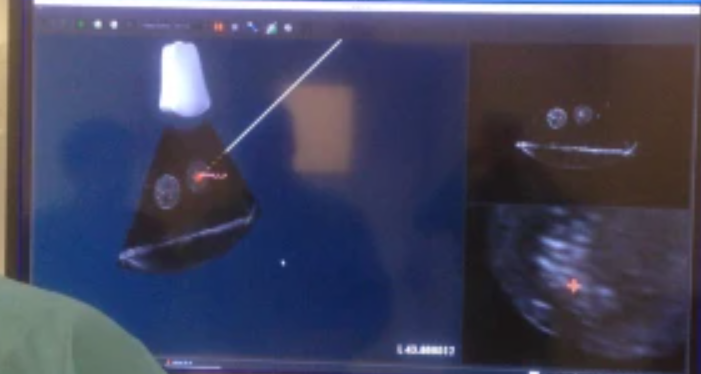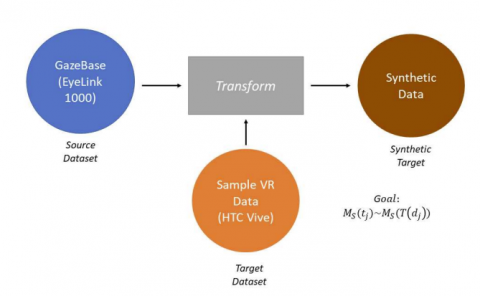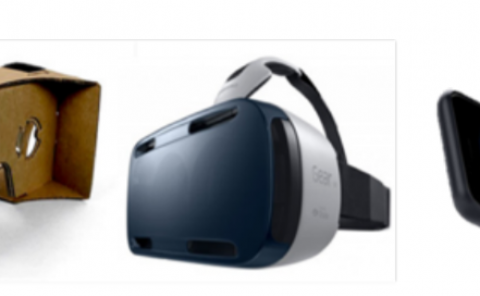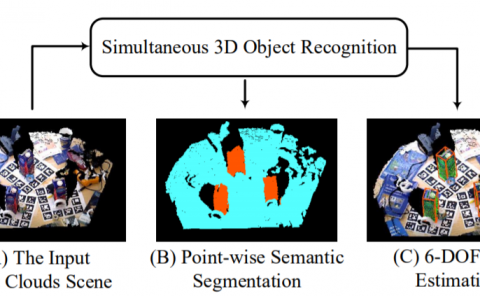Mixed reality navigation system for ultrasound-guided percutaneous punctures: a pre-clinical evaluation
PubDate: March 2019
Teams: Institut Hospitalo-Universitaire;University of Buenos Aires;Institute of Image-Guided Surgery;Research Institute against Cancer of the Digestive System; Integral Center of Endocrinology and Nutrition;Korea University College of Medicine
Writers: Carlos F. Davrieux, Mariano E. Giménez, Cristians A. González, Alexandre Ancel, Maxime Guinin, Bénédicte Fahrer, Edgardo Serra, Jung-Myun Kwak, Jacques Marescaux & Alexandre Hostettler

Abstract
Image-guided surgery is growing in importance with each year. Various imaging technologies are used. The objective of this study was to test whether a new mixed reality navigation system (MRNS) improved percutaneous punctures. This system allowed to clearly visualize the needle tip, needle orientation, US probe and puncture target simultaneously with an interactive 3D computer user inferface. Prospective pre-clinical comparative study. An opaque ballistic gel phantom containing grapes of different sizes was used to simulate puncture targets. The evaluation consisted of ultrasound-guided (US-guided) needle punctures divided into two groups, standard group consisted of punctures using the standard approach (US-guided), and assisted navigation group consisted of punctures using MRNS. Once a puncture was completed, a computed tomography scan was made of the phantom and needle. The distance between the needle tip and the center of the target was measured. The time required to complete the puncture and puncture attempts was also calculated. Total participants was n = 23, between surgeons, medical technicians and radiologist. The participants were divided into novices (without experience, 69.6%) and experienced (with experience > 25 procedures, 30.4%). Each participant performed the puncture of six targets. For puncture completion time, the assisted navigation group was faster (42.1%) compared to the standard group (57.9%) (28.3 s ± 24.7 vs. 39.3 s ± 46.3—p 0.775). The total punctures attempts was lower in the assisted navigation group (35.4%) compared to the standard group (64.6%) (1.0 mm ± 0.2 vs. 1.8 mm ± 1.1—p 0.000). The assisted navigation group was more accurate than the standard group (4.2 ± 2.9 vs. 6.5 ± 4.7—p 0.003), observed in both novices and experienced groups. The use of MRNS improved ultrasound-guided percutaneous punctures parameters compared to the standard approach.



